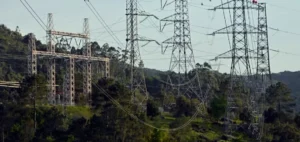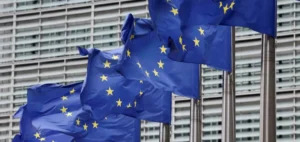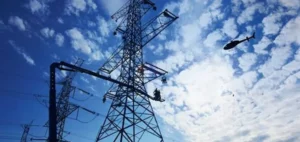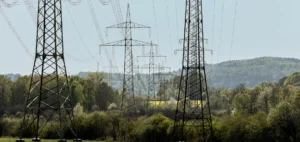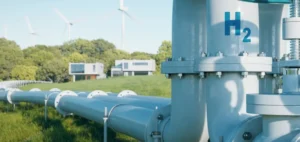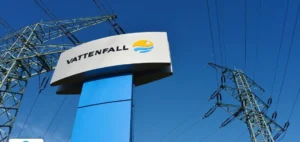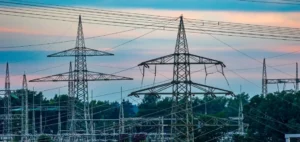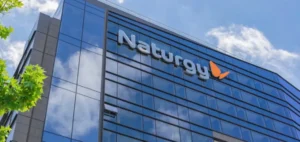The Energy Regulation Board (ERB), Zambia’s energy sector regulatory authority, has approved a 200-kilometre high-voltage transmission line project connecting the country to the Democratic Republic of Congo (DRC). Estimated at $270mn (approximately ZMW7.1bn), the Kalumbila-Kolwezi Interconnector Project (KKIP) aims to strengthen integration between the two countries’ power grids.
The decision comes amid growing pressure on Zambia’s energy system, which has been weakened by prolonged drought conditions affecting hydropower production. In response, the government introduced emergency measures in 2023, including a request for mining companies to reduce their electricity consumption.
A project serving the mining sector
The KKIP route will link directly to a substation located at the Sentinel copper mine, operated by Canadian firm First Quantum Minerals in the Kalumbila district. The infrastructure is designed to secure electricity supply for a site that plays a key role in the national economy, which is heavily reliant on mining.
Private company Enterprise Power DRC, involved in the project’s implementation, stated that the interconnection will facilitate electricity trade between the two countries. The company will cooperate with grid operators in both Zambia and the DRC to ensure stable and reliable cross-border flows.
A regional strategy for energy integration
The KKIP forms part of a broader initiative by the Zambian government to expand interconnections with neighbouring countries. On April 22, Zambia launched another major project with Tanzania under the Zambia-Tanzania-Kenya (ZTK) corridor. This $292mn (approximately ZMW7.7bn) project is funded by the World Bank, the European Union, and the United Kingdom.
The corridor aims to link the electricity networks of Southern and Eastern Africa by 2027. It is also intended to foster regional energy market integration and provide a structural response to climate-related pressures on national capacity.
Towards a shared power market
Cooperation with the DRC gives Zambia access to significant and underutilised hydropower potential. The KKIP marks a step towards a more stable, shared power market, as both countries seek to attract private investment into energy infrastructure.
The Ministry of Energy has yet to disclose financing arrangements for the KKIP. However, bilateral and multilateral talks are underway to secure the necessary funding. Construction is expected to begin in the coming months, pending finalisation of technical and commercial agreements.



